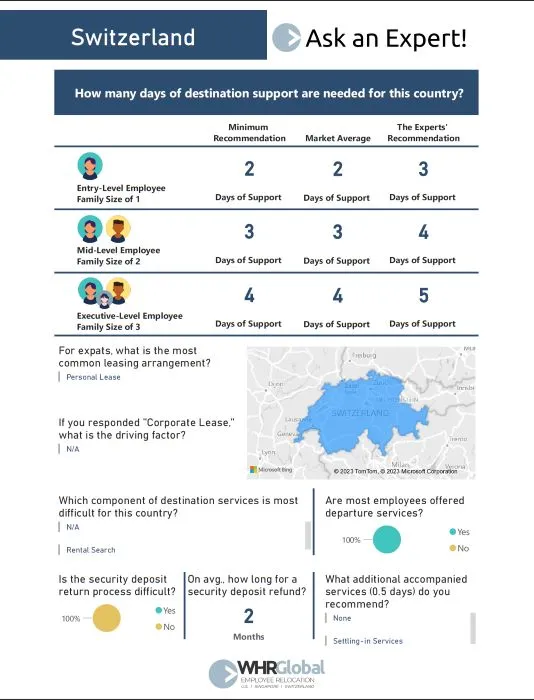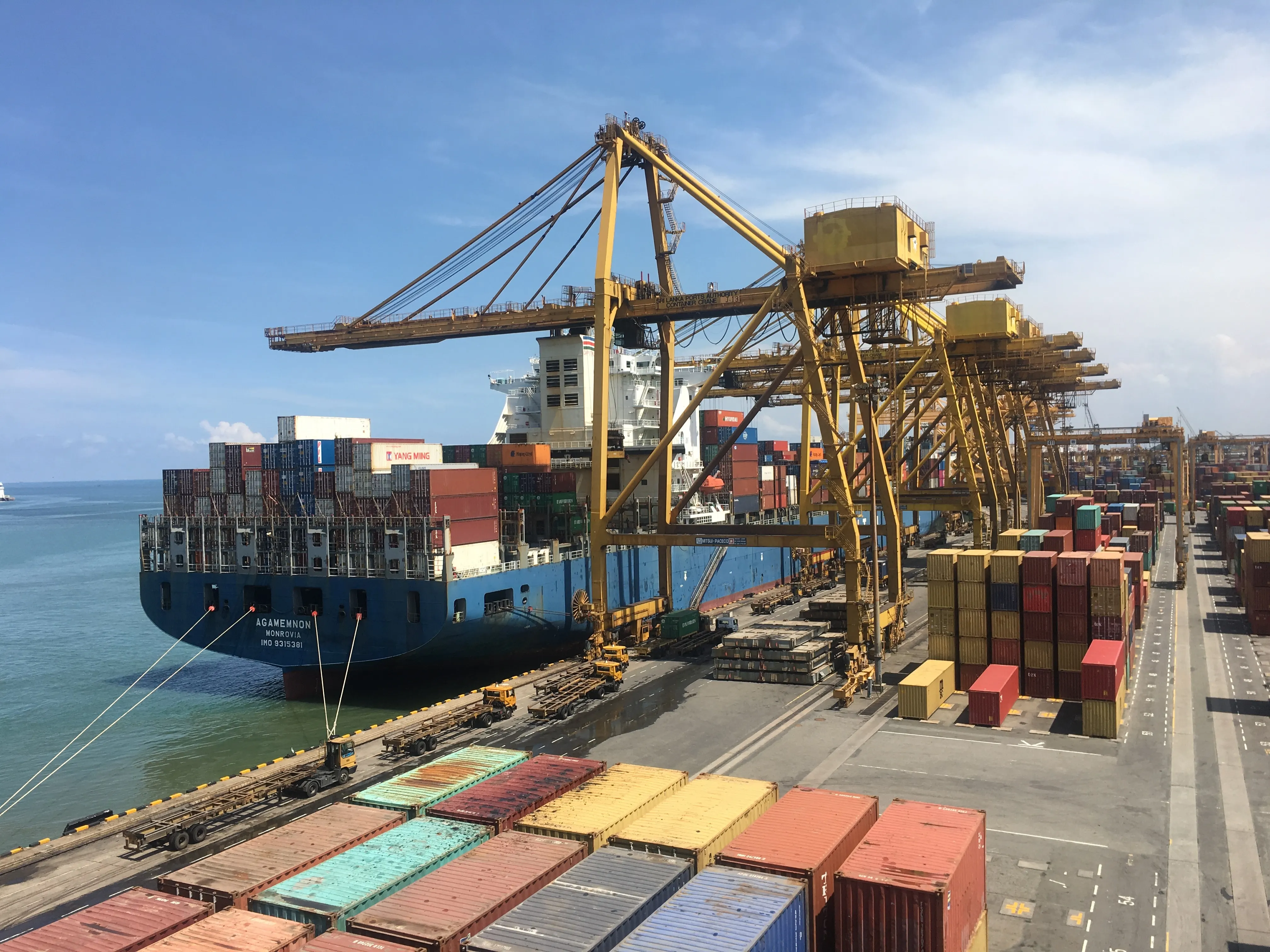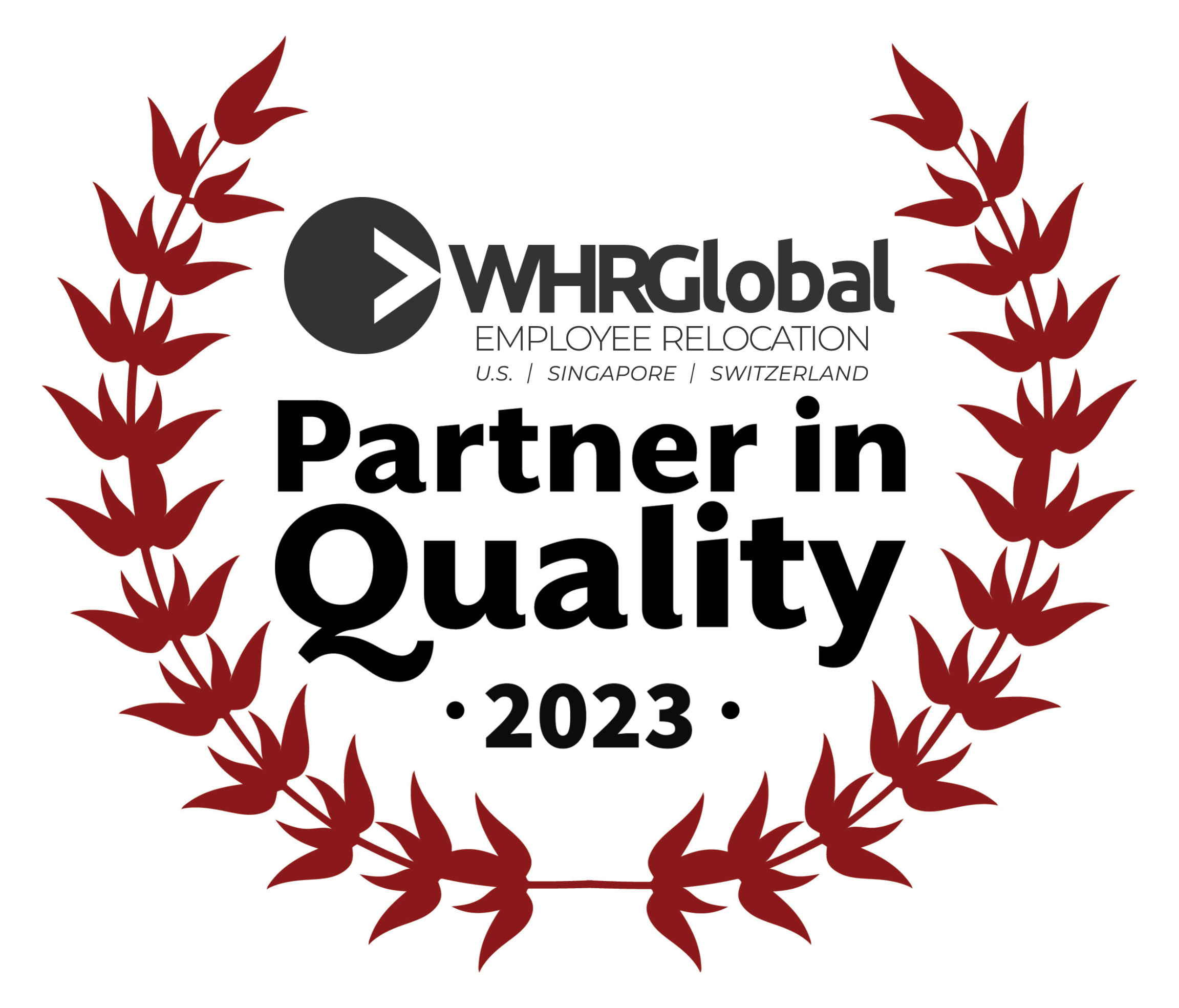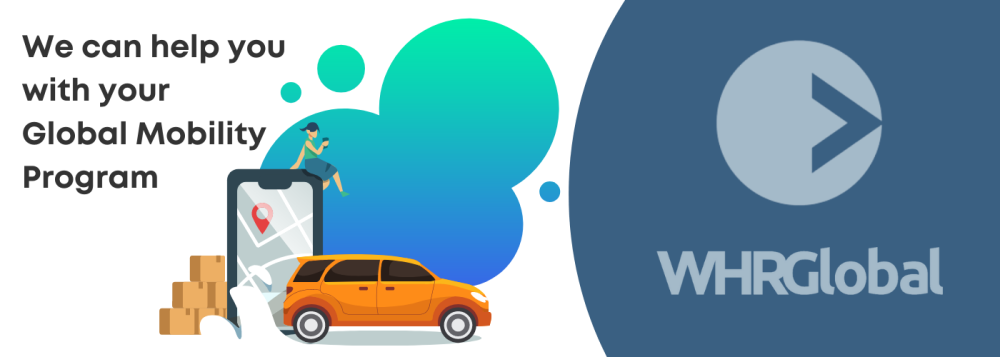ESG in Global Mobility: Turning the Tide on Air Shipments.

In an era where environmental, social, and corporate governance (ESG) is gaining significant traction, it is crucial for global mobility programs to evaluate and modify their transportation methods accordingly. Air shipments have long been the go-to choice for international relocations and corporate moves due to their speed and efficiency. However, the environmental impact of air cargo emissions cannot be overlooked. As a greener alternative, sea container shipments present a compelling case for global mobility programs to transition towards more eco-friendly transportation modes. In this article, we explore the advantages of sea container shipments and emphasize the need for a shift away from air shipments.
How Air Shipments Impact ESG in Global Mobility:
Air cargo plays a vital role in global trade and mobility due to its rapid delivery times and efficient logistics. However, the environmental repercussions are substantial. Aircraft emit greenhouse gases, including carbon dioxide, nitrous oxide, and particulate matter, contributing significantly to global warming and air pollution. The carbon footprint of air shipments is disproportionately high compared to other transportation modes, making it imperative for businesses and global mobility programs to seek sustainable alternatives.
The image below is a comparison of typical CO2 emissions between modes of transport (measured in grams of CO2 per metric ton of goods shipped per mile). Other sources estimate that flights emit 500 grams of CO2/metric ton of cargo per kilometer of transportation. However, ships emit only between 10 to 40 grams of CO2 per kilometer.
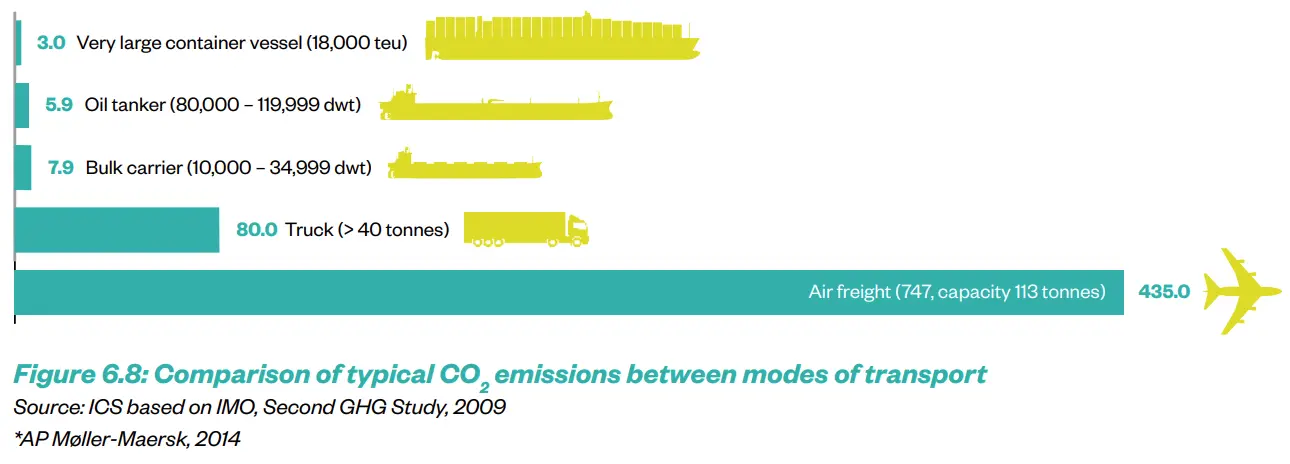
The Advantages of Sea Container Shipments:
Reduced carbon footprint:
Sea container shipments emit significantly lower carbon dioxide per ton-mile compared to air shipments. Large cargo vessels have higher fuel efficiency and capacity, allowing them to transport goods in bulk, thus reducing per-unit emissions. This makes sea container shipments a more environmentally friendly option, particularly for long-distance relocations.
When paired with environmentally-friendly services such as Discard & Donate, global mobility programs take their ESG commitments to the next level. Not only does Discard & Donate reduce the cost of each household goods shipment for employers, it reduces the overall carbon footprint of air, sea, and ground shipments by eliminating the transportation of unneeded items and reducing the amount of packaging materials.
Cost-effectiveness:
Sea freight is generally more cost-effective than air transportation, especially for bulky or heavy shipments. By embracing sea container shipments, global mobility programs can potentially reduce shipping expenses, allowing for more flexible budget allocations or investments in sustainable practices.
Improved packaging and consolidation:
Sea container shipments necessitate careful packaging and consolidation due to the longer transit times involved. This requirement often results in more efficient use of space, reducing the overall volume of shipments. Effective consolidation reduces the number of containers needed and maximizes the use of vessel capacity, contributing to a more sustainable supply chain.
ESG-friendly modes for last-mile delivery:
While sea container shipments are not as fast as air shipments, various sustainable last-mile delivery options, such as rail or road transport, can be utilized to bridge the gap. This multimodal approach ensures that sustainability is maintained throughout the entire logistics process, from port to final destination.
Promoting circular economy practices:
The longer transit times of sea container shipments provide an opportunity for companies and individuals to adopt circular economy principles. By embracing sustainable packaging, reusing materials, and optimizing supply chains, global mobility programs can contribute to reducing waste and promoting responsible consumption practices.

Conclusion:
As the world continues to grapple with environmental challenges, it is crucial for global mobility programs to proactively shift away from air shipments and embrace ESG-friendly transportation alternatives. Sea container shipments provide numerous advantages in terms of reduced carbon emissions, cost-effectiveness, improved packaging practices, and opportunities for circular economy practices. Global mobility programs should consider the following steps to reduce their carbon footprint:
- Communicate the difference in CO2 emissions between air, road, and sea shipments. Your employees may self-select a more eco-friendly option (if feasible), sending fewer items in their air shipments or not utilizing them at all.
- Reduce the size of the air shipments offered. Instead of an LDN air shipment container which has a weight capacity of 750 lbs, consider reducing this entitlement to a D air shipment container which has a weight capacity of approximately 500 lbs.
- Implement programs such as Discard & Donate to reduce shipment sizes, thereby reducing organizational costs and CO2 emissions.
- Offer a cash allowance in lieu of the air shipment, or eliminate the air shipment option altogether.
By transitioning to sea container shipments, global mobility programs can play an active role in minimizing their environmental impact and contributing to a greener future. Embracing sustainable shipment modes is not only an ethical responsibility but also a business imperative that aligns with the growing global focus on environmental sustainability.


